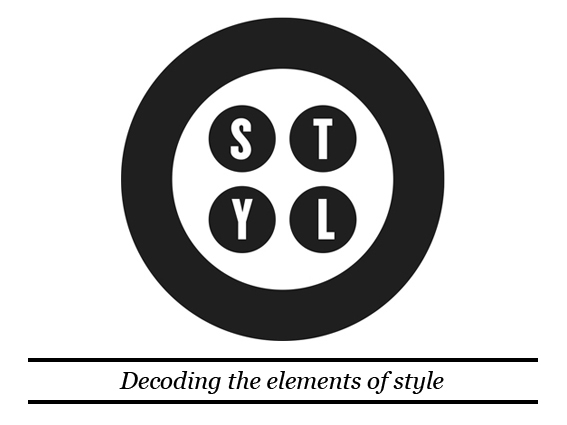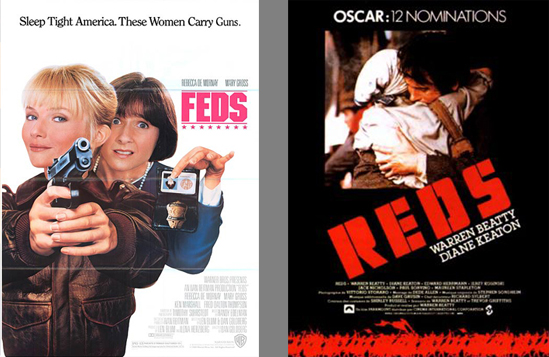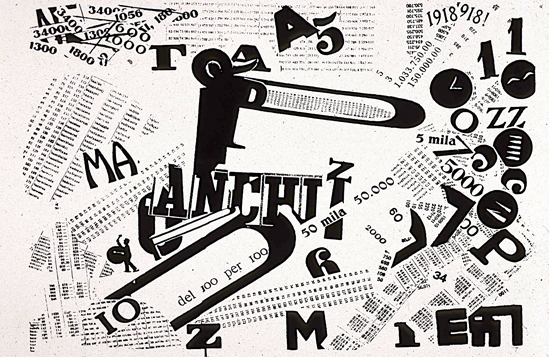Anyone who travels has a clothes and packing problem. TOD DRAZ, an internationally busy American fashion artist, draws and describes his own workmanlike solutions.
I am going to outline a two-costume wardrobe. That is to say, one on my back, the other in the bag, the things that go with
them, and how it all works. This is the “least common denominator”
wardrobe and one I have found works even for longer-than-planned stays.
Certainly you are going to have times, as I do, when you want to have
more in your bag than one suit, and extensions can be made according to
your taste and needs, but when I take more I make sure that the extra
clothes really do go with the same shoes. shirts and so on.
My jacket is a two-button Shetland tweed in a black and white diagonal weave. I find it more elegant than wildly “sport”, and I can wear it and wear it without tiring of it. I like lots of shirt
showing at the front and cuff, because I think it gives freshness to
dark clothes—especially in this outfit where everything is based mainly
on black and dark greys. I never wear Waistcoats. I find them hot and
uncomfortable.
Four
plain poplin shirts. You have to have at least one white shirt for
those times when it’s the only one that will do. I take one
pincheck-blue cotton, and one where the check is less pin. Then there is
one drip-dry emergency shirt: blue on white Tattersall which wears like
iron, dries in a jiffy and has much to recommend it, but I still prefer trafficking with laundry
services for my plain poplin ones. If I’m going to have a long day on
the train I choose one of the two checked shirts, for there’s no doubt
they stay fresh-looking longer than the plain ones.
If
you are travelling in cities and staying in reasonably decent hotels
you are not going to be washing your shirts out in the bathroom. My
emergency shirt usually goes out to the laundry with the others and my
experience in general with European laundry services is that they pose
little problem and are generally fast, particularly in the sunny
countries. If the place you are going to is Roman Catholic and you don’t
know their holidays, it’s not a bad idea to check up beforehand so that
you don’t arrive in need of services you can’t get.

The
dark grey suit. I wear it whenever and wherever I feel I won’t be
properly dressed in jacket and trousers—usually for dinners or business
luncheons. Being an artist I can get away with a bit of murder in the
way of casual dress. Sometimes I wear a black cashmere sleeveless
pullover with the dark grey suit
when it’s just cool enough to want a bit more weight.
Two
pairs of flannel trousers, both dark—one very dark, the other less so.
Neither needs a belt, therefore the only belt I need carry is one of
good black calf to wear with my dark suit.
Wearing the check
shirt with the grey suit dresses it down, the plain ones do the
reverse.
My all-time favourite tie is the black knit—l have them in
silk and wool—and will certainly take both with me and probably wear them nine times out of ten. Basic necktie number two is a rather snappy black and white woven check in silk, a classic in London; my
socks are all ribbed cotton or thin ribbed wool and eliminate the need
for suspenders. Nylon socks are marvellous for travel and if you’re
willing to rinse them out daily you can really get along with as few as
two pairs.
Handkerchiefs.
Plain white ones of course for most purposes. Breast pocket
handkerchiefs can add that bit of bravura which lifts our look and
spirits. My big black cotton one goes with the tweed jacket and anything
I might wear with it. Fine for long dirty train travel as it absolutely
refuses to become grubby looking. In hot weather you can actually mop
your brow, and this handkerchief will take it and go back into the
pocket looking quite decent.
Another favourite black
handkerchief, bought in Rome, has two-inch-wide border bands of a good
Italian red and shows a flash or two of that second colour when it’s in
the pocket.
My two polo shirts are long sleeved and are
in finely knitted wool. There’s no doubt that synthetics need less care
and are thus easier for travel. But I prefer wool. My basic one is
black and the second one grey.
I
always have two pairs of shoes with me. One pair on the feet, the
other in the bag. Both are perfectly plain two-eyelet ties with leather
soles. Brown suedes are for travelling,
the blacks for wear with the dark suit. When my trip is sure to long
and the weather had, I include a third pair in my plan. The brown
suédes then go in the bag and the on-feet pair are my rust brown
reverse calf chukka boots with thick-looking crépe soles—ankle warmers
for damp European climates—and they give more grip, less slip when
you’re dashing for that plane, train or bus.
Pardon a seeming
immodesty, but my trench coat is a knockout. Bought in Rome, it. is that
palest of beiges, very belted and buckled with a dashing foreign agent
look. I love it. I like the pale colour which keeps me from feeling rain
clad, and seems best with dark clothes.
Likely extensions of the two-suit wardrobe would probably be a lightweight grey flannel
suit and a navy blazer. Both can be worn with just about anything that
is already in the bags. These tend towards milder weather and would
probably come along in spring or autumn.
My
basic luggage consists of three pieces. One good-sized valise which is
big enough but not too big, a smaller valise and a hand case. For
convenience let’s call them A, B, C.
Bag
A is the main one, twenty-three inches long, nineteen inches high, six
inches deep and has a hard frame but soft sides of considerable
elasticity. (See sketches for packing technique.) Beware of the big
bag. The nuisance of handling it will mean extra tipping. You will
always have one broken arm instead of two lame ones and will probably
walk with a list for weeks after you get home.
If at all possible never
take more luggage than you can somehow manage to handle yourself—for
there are times when you will have to. This is when you will learn the
importance of balance of weight. Two medium-sized bags, plus two smaller
ones, or one medium-sized bag and two smaller ones can be readily
weight-distributed between two arms. The only satisfactory way to carry a
huge bag is on your head.
Bag
B accepts with glee two pairs of my size 10 D shoes and lots of extras.
Bag A is synthetic, B leather, both were bought at the same time and
seem to be standing up equally well to the frequent and indifferent
handling they get. Bag B has a hard round W frame and soft, bulgy sides.
3 Both these sides have U shape or 'drop seat' zipper closings and a sort of floating divider or fabric floor which moves up with the packing.
I
like trees for my shoes, and have found in Paris, featherweight, folding aluminium ones which are hollow and still leave certain stash
room in the shoes if things ever get that tight. Also essential are shoe
bags—to protect other things rather than the shoes. The ones I use are
cheap plastic found in London.
Bag C never leaves my arm. It holds everything of value not in my pockets and everything of immediate need during travel. It’s made of leather reinforced cotton tweed.
It
would be an easy rule to say: “pack as you dress.” I don’t quite do it
that way, but almost. Start in the bathroom. Anywhere you are, those
basic toilet needs are going to be about the same. So I shave, wash and
do a general morning pull-together. As it proceeds I chuck the articles
used in this performance into my toiletries kit, and by the time I’m
through, that packing is almost done. Remember that most European hotels
do not supply soap and even when they do their wafer-style cakes are
not worth struggling with.
This might be the moment to say a word or two about night things. Take two sets of pyjamas if you use them. You won’t need more as, unlike shirts, you don’t change them every day. While one is in the bed, the other is in the wash. Don’t take a heavy dressing gown as it needs an enormous amount of room. My winter one is a thin navy and red striped wool— durable but not depressing.
In summer I take a thin cotton one that washes like a handkerchief. For slippers I prefer leather scuffs that shove into each than the travel planned ones, they give me comfort and no more packing problems. The travel outfit of Shetland tweed and flannel is soft and comfortable and will, I think, resist wrinkling as much as anything laced into a tourist class seat for several hours or more.
Usually I wear my black polo shirt when travelling—n0 tie loosening nonsense—and if I do take 0ff my jacket I don’t feel I’m in shirt sleeves or get that wrinkled, riding-up-out-of-trousers look.
My shirt, suit and tie are sufficiently comfortable that I can bear them happily without trying to turn my plane seat into a beach chair. On long night jumps, like trans-oceanic ones, almost anything goes; but that seat, despite anything the airlines say, is not a bed and if you try to make one out of it you’re going be the miserable, messy loser.
Copyright 1965. Tod Draz. Reproduced from Men's Journal, 1965.

































